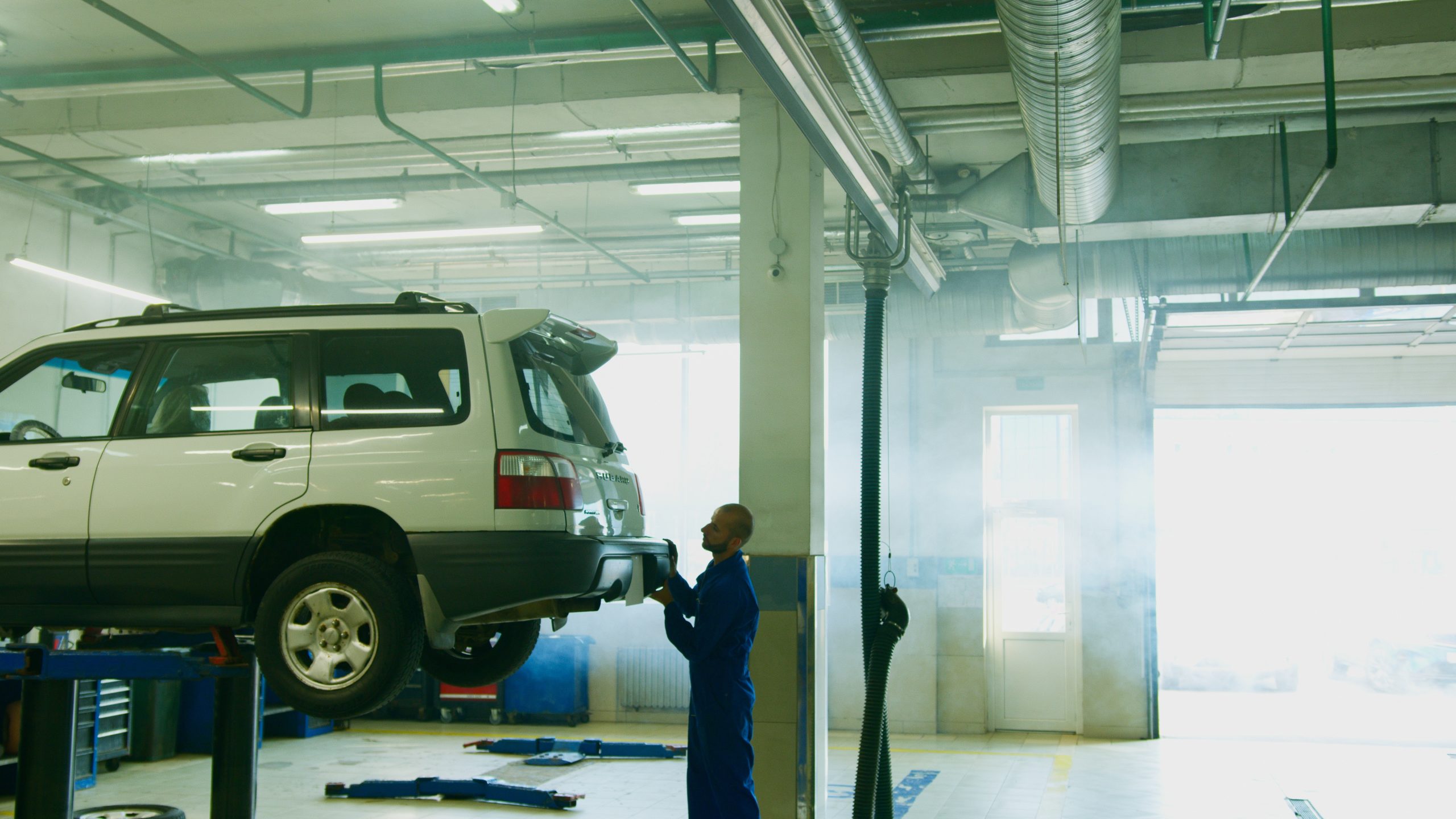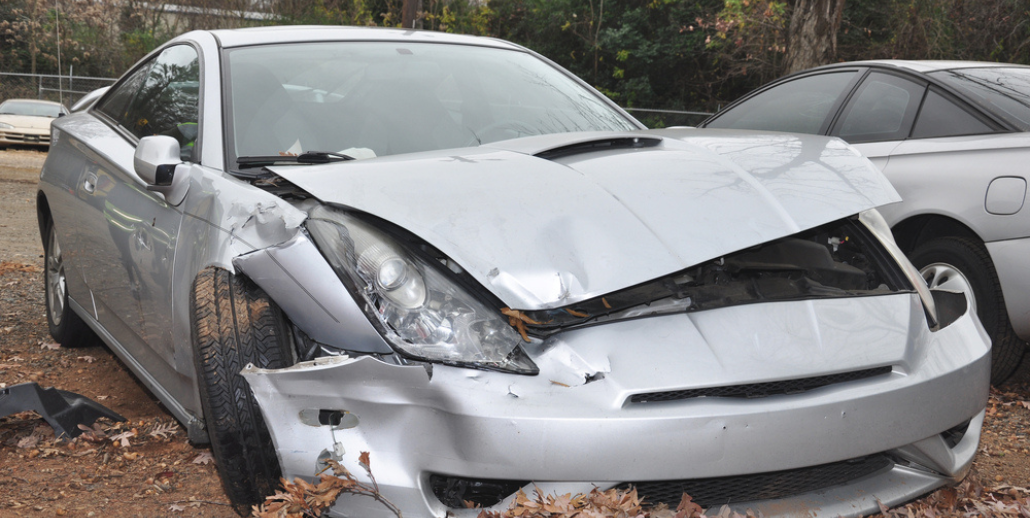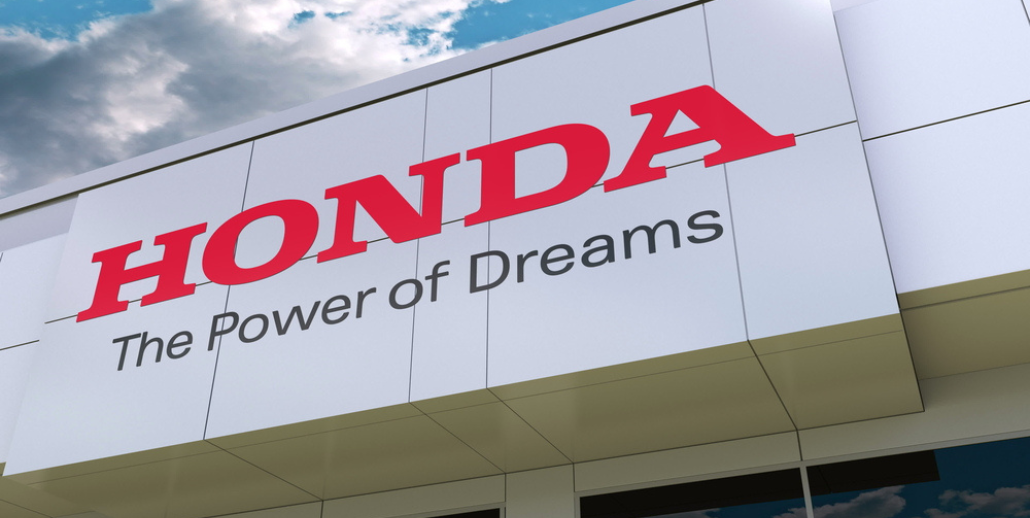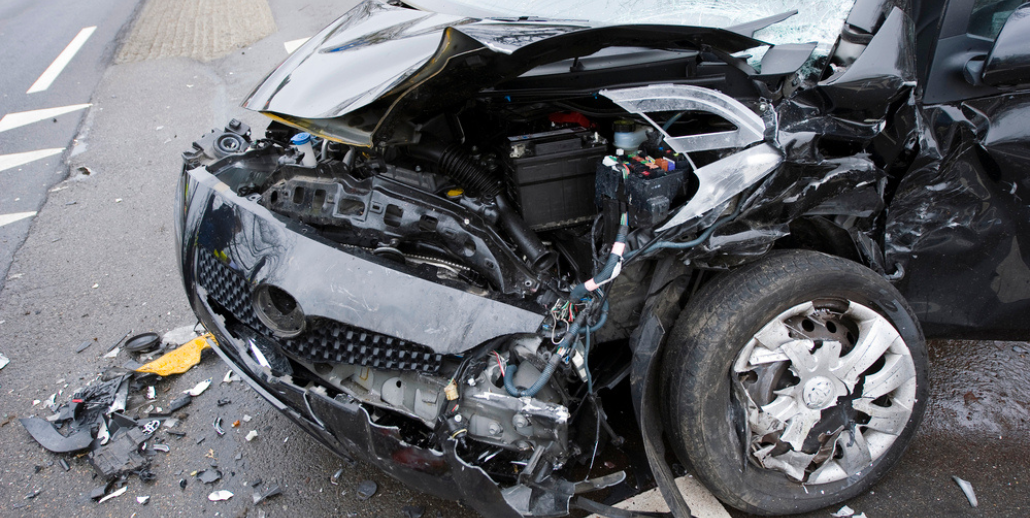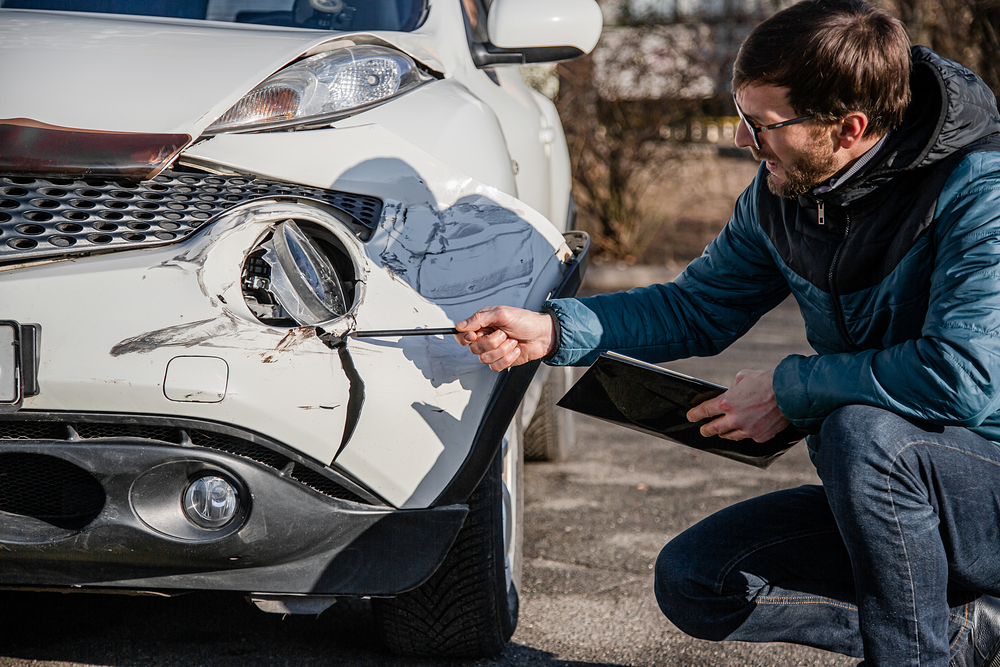When you have been in a significant auto accident (or even a minor one), you are likely to need collision repair. Like many people, you may wonder if those collision repairs might void your warranty. This is a reasonable concern, as your vehicle’s warranty can be very important. However, the good news is that most collision repairs will not void your warranty. There are certain circumstances, however, in which a warranty can be voided by the collision itself. Let’s discuss this important subject in a little more detail.
If The Vehicle Is Totaled
Let’s start with the worst-case scenario. If you are dealing with a vehicle that has been damaged beyond repair, it will probably be declared as “totaled.” This will obviously void any warranty on the vehicle. When we say “damaged beyond repair,” we mean that the vehicle cannot be restored to its original state. For instance, a car with a twisted frame is usually not salvageable and will therefore be totaled.
Make Sure The Repair Shop Is Licensed
One thing you need to understand is that your warranty is an agreement between you and the company that made your vehicle. So, if your insurance company tries to pressure you into using a particular repair shop, be aware that they cannot force you. You always have the choice to go with a different shop/mechanic. In most states, that right is protected by law. That being said, you do need to make sure that your chosen shop and/or mechanic is certified by your auto company. So, if your car is a Nissan, you will need people who have been certified by Nissan to work on their vehicles. Otherwise, you will most certainly void the warranty. Having the work done by non-certified people will automatically void any vehicle warranty, so make sure you don’t do that.
Elmers Auto Body has the following Certifications:
- Acura Recognized Body Shop
- Chrysler – FCA Certified Collision Center
- Ford Recognized Body Shop
- GM Certified Collision Center
- Honda Recognized Body Shop
- Hyundai Recognized Collision Repair Center
- Infiniti Certified Collision Repair Center
- Kia Collision Repair Facility
- Nissan Certified Collision Center
- Subaru Certified Collision Center
- Assured Performance Certified Care Center
- Acoat Selected Certified
- I-Car Gold Class Certified
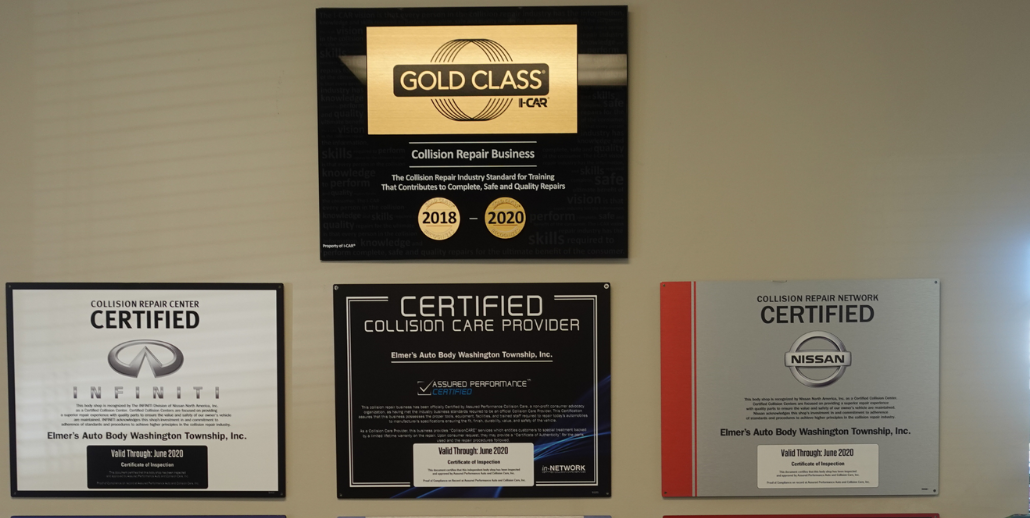
Keep Everything Original
A vehicle’s warranty is meant to cover the vehicle in its original state. That means any parts that are replaced must be replaced with identical ones. This means using only parts that meet OEM (Original Equipment Manufacturer) specifications. So, if you’ve been waiting for a chance to add a spoiler to your trunk or something like that, this isn’t the time to do so. Any non-OEM parts will automatically void the warranty. Thus, make sure you do not use aftermarket parts of any sort.
Be Aware That Warranties Are Subject To Appeal
If your warranty is declared void by your automaker (or anyone else), you do have every right to dispute that status. For instance, if a particular repair shop insists that your car is beyond repair and you do not agree, you would have reasonable grounds for an appeal. Of course, you do need to have reasonable grounds if you expect that appeal to go anywhere, so make sure you can demonstrate that the terms of the warranty were not actually violated.
Other Things That Can Void A Warranty
With all this talk about vehicle warranties, we might as well discuss some of the other things that can potentially render them null and void. First of all, willful abuse or misuse of the vehicle will pretty much always cancel the warranty. Things like racing, stunts, or deliberate destruction would fall into this category. Naturally, you can’t just enter your car in a demolition derby and then expect the automaker to cover the damages. Basically, any deliberate act by the owner that causes damage to the vehicle will void the warranty. This includes accidental damage like putting diesel fuel in a non-diesel engine or putting brake fluid where the antifreeze should go. No auto manufacturer wants to be held liable for someone else’s mistake. Environmental damage is also not covered. Some policies traditionally referred to these things as “acts of god.” Basically, no standard insurance policy will cover things like flood, wildfire, hail, or earthquake damage. Those require a separate policy. Also, if the odometer of the vehicle has been altered or tampered with in any way, that will certainly void the warranty. Such an act is also illegal under most circumstances. Failure to maintain a vehicle will also void the warranty, but only if the neglect is severe enough to cause permanent damage to the vehicle. This is why you should always keep those service receipts for any vehicle that is under warranty. Those receipts allow you to demonstrate that you have properly maintained your vehicle.
Conclusion
As we said, most collision repair jobs will not void your warranty. There are basically three aspects of a collision repair job that can potentially void that warranty:
- The vehicle is declared a total loss
- The use of non-OEM parts
- The use of non-certified repair shops
So, just avoid these three things and you should be fine. From there, you just need to find a certified and reputable auto body shop near you. But you might be asking, “where can I find an auto body shop near me?” If you live in southern New Jersey or the surrounding area, the answer is not hard to find. Simply call Elmer’s Auto Body at (856) 218-0202 and ask about our highly-regarded collision repair services. We have been serving the people of South Jersey for over 70 years and we would be happy to serve you as well.


